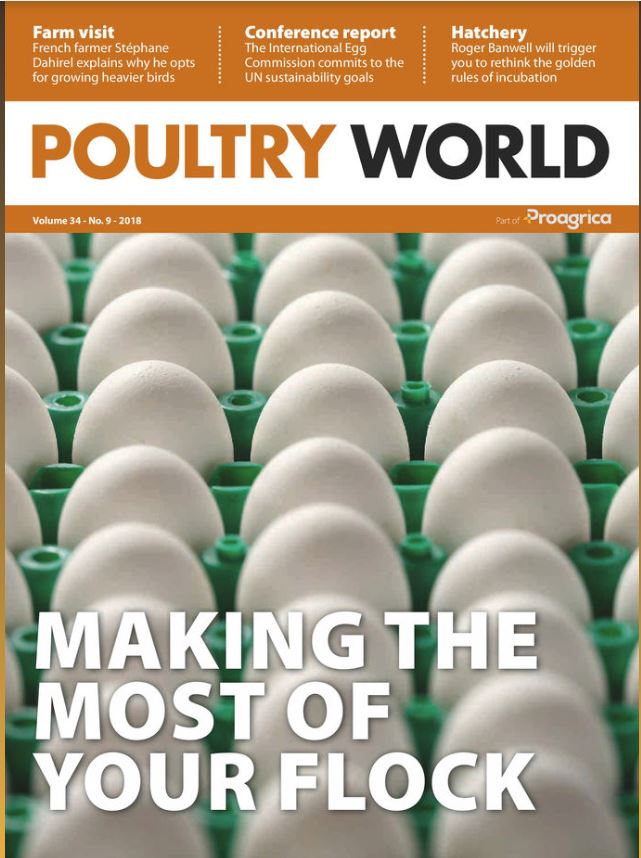How to get your story in a trade magazine
The missing words round in Have I Got News For You has featured some obscure magazines in its time, with the likes of Drain Trader, Potato Storage International and Poultry World. But whilst the trade journals may provide plenty of laughs to an unfamiliar audience, to the companies appearing in their pages they offer high-value, prominent media coverage.
Done well, a feature article in a trade magazine can be of real benefit, enabling you to position your company or its offerings, educate a target audience or raise awareness of an issue as well as showcasing you, the author, as a thought-leader in your field.
Alongside the kudos, there is the potential to reach new audiences, not to mention the possible backlinking and optimisation opportunities for the digital versions.
But perhaps even more appealing is appearing in the traditional print version – offering a welcome break from a screen and sitting around on your target audience’s desk for far longer that the average 15-second read of a web page.

Getting your feature into the trade press
The “trades” will be looking for something newsworthy or insightful – something that will stand out and attract and expand their readership. To do that, your content must help them introduce an interesting angle on a topic or provide information that readers couldn’t get in this form anywhere else.
The feature is not about you and your company. It should be written from a journalistic perspective, with the emphasis on information over promotion. For many business owners that’s easier said than done when you are so close to the industry and subject matter. That’s where copywriters like Editing Edge come in.
We have worked with many business owners and company executives to get them into the trade press. There are some ground rules to follow to ensure the submission is successful.
Know the ground rules
-
Know what to write and when
Most publications will produce a forward features list (also known as an editorial features list) for the year giving an overview of what subjects/topics they will be covering in each edition. As deadlines approach they will look for contributions from individuals/companies who can offer a comment or related editorial to support the feature. Magazines can work anywhere from 3-6 months in advance for a monthly, or 6-8 weeks in advance for a weekly.
Research the trade magazines you want to appear in and spot opportunities in their editorial calendar that fit in with your business.
-
Know your audience
Research the readership and keep the advertisers in mind. Read the advertisements carefully. They offer clues about the readers, which can lead to ideas for articles. What are the readers’ needs and how might you be able to help?
-
Tone of voice
Get the tone right for the audience of that trade magazine. The readers of Vogue are a different kettle of fish from Fish Fryers’ Monthly and your style needs to reflect that. That doesn’t mean an authoritative voice, full of buzz words, where you talk at the readers. Keep it natural and bright.
-
Provide value
A feature is an in-depth look at a topic, product or industry, a complex story designed to be read at a leisurely pace. Think about whether you should provide a weighty thought-provoking piece or something refreshing and new to the audience. Research your topic well and don’t be afraid to express your opinion or share some valuable insights to engage your audience.
-
It’s not about you
You have expertise that will benefit the reader. If you sell CRM software, for example, focus on best practices in implementation, something every company struggles with, or the importance of qualifying leads. As a general rule, leave your product out of it. Of course it may be an advertorial, in which case, promote away, you’re paying for the privilege.
-
The end result
Think clearly what you want the reader to do when they’ve finished your piece – do you want them to feel good about your business, buy something, understand that you’re the experts on this topic? Have an objective in mind.
-
Accept rejection or edits
What makes trade magazine articles different from other types of promotional writing is that you don’t retain full control of the article – the editor of the publication does. That might mean some simple editing to full rejection of your piece. Learn from feedback and don’t be afraid to approach the magazine again.
-
When to create a features article
Aside from fitting in with a magazine’s editorial calendar, you might want to submit a feature for reasons such as:
- New CEO – showcase their brilliance and how they’ll drive your business forward to expansion, new products or innovations. Use the CEO’s arrival as an excuse for showing why you’re better than your competitors.
- Charity fundraising – demonstrating your CSR (corporate social responsibility) credentials.
- Thought leadership – to position your company as experts on a topical theme.
Going further
Beyond the single feature you could collate what you’ve done over the year to produce an annual review where you include a selection of articles around the state of your market, burning issues, forecasts for the next 12 months, innovations and so on, all with a line inserted into each piece with evidence of what you are already doing in this area … issue it to customers and stakeholders and put it on your website.
If you think your business could benefit from a feature article in the trade press, get in touch with Lesley at Editing Edge to discuss your ideas.


